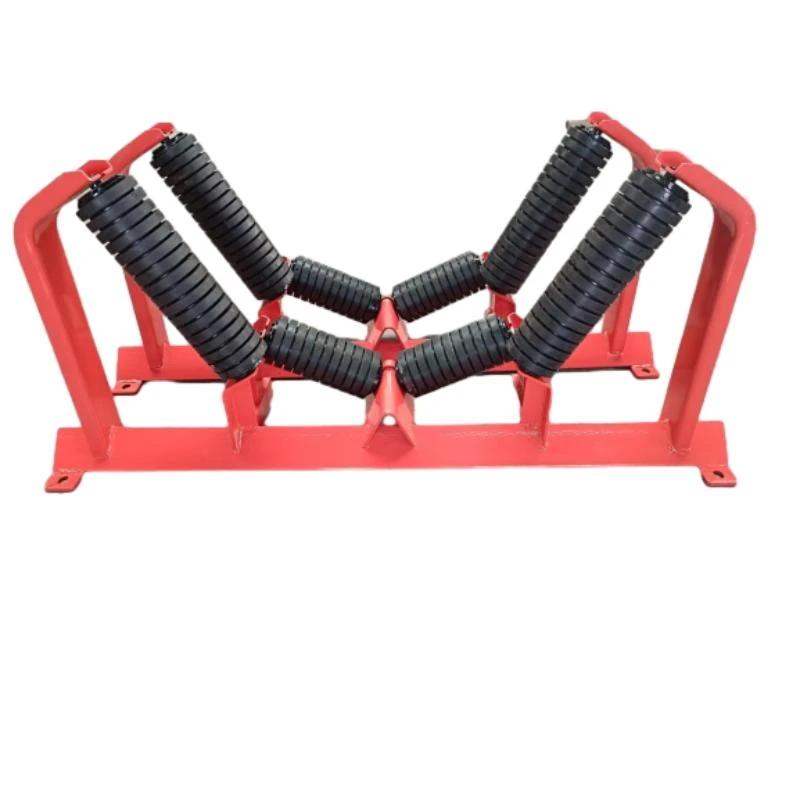 Afrikaans
Afrikaans  Albanian
Albanian  Amharic
Amharic  Arabic
Arabic  Armenian
Armenian  Azerbaijani
Azerbaijani  Basque
Basque  Belarusian
Belarusian  Bengali
Bengali  Bosnian
Bosnian  Bulgarian
Bulgarian  Catalan
Catalan  Cebuano
Cebuano  Corsican
Corsican  Croatian
Croatian  Czech
Czech  Danish
Danish  Dutch
Dutch  English
English  Esperanto
Esperanto  Estonian
Estonian  Finnish
Finnish  French
French  Frisian
Frisian  Galician
Galician  Georgian
Georgian  German
German  Greek
Greek  Gujarati
Gujarati  Haitian Creole
Haitian Creole  hausa
hausa  hawaiian
hawaiian  Hebrew
Hebrew  Hindi
Hindi  Miao
Miao  Hungarian
Hungarian  Icelandic
Icelandic  igbo
igbo  Indonesian
Indonesian  irish
irish  Italian
Italian  Japanese
Japanese  Javanese
Javanese  Kannada
Kannada  kazakh
kazakh  Khmer
Khmer  Rwandese
Rwandese  Korean
Korean  Kurdish
Kurdish  Kyrgyz
Kyrgyz  Lao
Lao  Latin
Latin  Latvian
Latvian  Lithuanian
Lithuanian  Luxembourgish
Luxembourgish  Macedonian
Macedonian  Malgashi
Malgashi  Malay
Malay  Malayalam
Malayalam  Maltese
Maltese  Maori
Maori  Marathi
Marathi  Mongolian
Mongolian  Myanmar
Myanmar  Nepali
Nepali  Norwegian
Norwegian  Norwegian
Norwegian  Occitan
Occitan  Pashto
Pashto  Persian
Persian  Polish
Polish  Portuguese
Portuguese  Punjabi
Punjabi  Romanian
Romanian  Russian
Russian  Samoan
Samoan  Scottish Gaelic
Scottish Gaelic  Serbian
Serbian  Sesotho
Sesotho  Shona
Shona  Sindhi
Sindhi  Sinhala
Sinhala  Slovak
Slovak  Slovenian
Slovenian  Somali
Somali  Spanish
Spanish  Sundanese
Sundanese  Swahili
Swahili  Swedish
Swedish  Tagalog
Tagalog  Tajik
Tajik  Tamil
Tamil  Tatar
Tatar  Telugu
Telugu  Thai
Thai  Turkish
Turkish  Turkmen
Turkmen  Ukrainian
Ukrainian  Urdu
Urdu  Uighur
Uighur  Uzbek
Uzbek  Vietnamese
Vietnamese  Welsh
Welsh  Bantu
Bantu  Yiddish
Yiddish  Yoruba
Yoruba  Zulu
Zulu Xan . 20, 2025 10:14
Back to list
belt conveyor roller types
In the vast world of material handling, conveyor belt rollers play a pivotal role in ensuring seamless and efficient operations. Understanding the different types of conveyor belt rollers is imperative for choosing the right one for specific industrial needs. Experience in this field shows that selecting the appropriate roller not only enhances efficiency but also longevity and reliability of the conveyor system.
Tapered Rollers are specially designed for conveyor curves. They allow for smooth, efficient product transition through angled cables, reducing the risk of damage and loss. Implementing tapered rollers showcases a company’s expertise in handling complex material transfer routes, enhancing their reputation for delivering precision and care in material handling operations. Steel Rollers, known for their strength and durability, are the go-to choice for handling heavy materials. Their robustness makes them suitable for industries like construction and mining. Experience shows that investing in steel rollers ensures long-term cost effectiveness due to their minimal maintenance requirements, affirming trust in industries where equipment reliability is non-negotiable. Steel rollers can withstand extreme temperatures and environments, further enhancing their desirability for challenging conditions. Polyurethane Rollers are chosen for applications needing extra cushioning. They offer a quieter operation compared to metal rollers and are suitable for industries where noise reductions are required, like automotive or electronics. Polyurethane's resistance to chemical and corrosive substances also grants it a superior lifespan in varied settings. This makes them a preferred choice for companies committed to providing a calm and efficient working environment while maintaining high operational standards. Conveyor belt rollers, viewed through the lens of expertise and experience, are not just components but critical determinants in the efficiency of material handling processes. Selection should be driven by a comprehensive understanding of specific industrial needs, operational conditions, and long-term strategic goals. By leveraging authoritative knowledge on roller types, industries can enhance their operational excellence, thereby nurturing trustworthiness with stakeholders and clients alike.


Tapered Rollers are specially designed for conveyor curves. They allow for smooth, efficient product transition through angled cables, reducing the risk of damage and loss. Implementing tapered rollers showcases a company’s expertise in handling complex material transfer routes, enhancing their reputation for delivering precision and care in material handling operations. Steel Rollers, known for their strength and durability, are the go-to choice for handling heavy materials. Their robustness makes them suitable for industries like construction and mining. Experience shows that investing in steel rollers ensures long-term cost effectiveness due to their minimal maintenance requirements, affirming trust in industries where equipment reliability is non-negotiable. Steel rollers can withstand extreme temperatures and environments, further enhancing their desirability for challenging conditions. Polyurethane Rollers are chosen for applications needing extra cushioning. They offer a quieter operation compared to metal rollers and are suitable for industries where noise reductions are required, like automotive or electronics. Polyurethane's resistance to chemical and corrosive substances also grants it a superior lifespan in varied settings. This makes them a preferred choice for companies committed to providing a calm and efficient working environment while maintaining high operational standards. Conveyor belt rollers, viewed through the lens of expertise and experience, are not just components but critical determinants in the efficiency of material handling processes. Selection should be driven by a comprehensive understanding of specific industrial needs, operational conditions, and long-term strategic goals. By leveraging authoritative knowledge on roller types, industries can enhance their operational excellence, thereby nurturing trustworthiness with stakeholders and clients alike.
Latest news
-
Conveyor Assembly: Integral Components for Efficient Material Handling SystemsNewsAug.28,2025
-
Conveyor Bearing Housing: Critical Components for Roller Stability and PerformanceNewsAug.28,2025
-
Conveyor Idlers and Rollers: Key Elements for Belt Alignment and EfficiencyNewsAug.28,2025
-
Conveyor Rollers: Essential Components for Material Transport SystemsNewsAug.28,2025
-
Belt Conveyor Pulley: Key Components in Conveyor SystemsNewsAug.28,2025
-
Belt Conveyor Idler: Essential Components in Conveying SystemsNewsAug.28,2025
OUR PRODUCTS





























